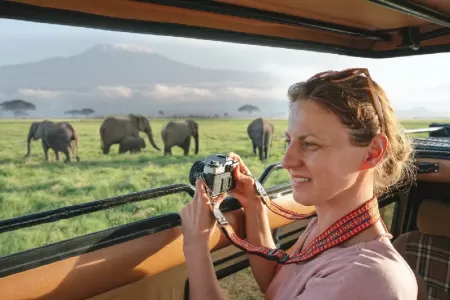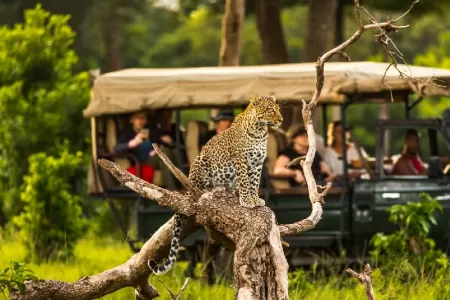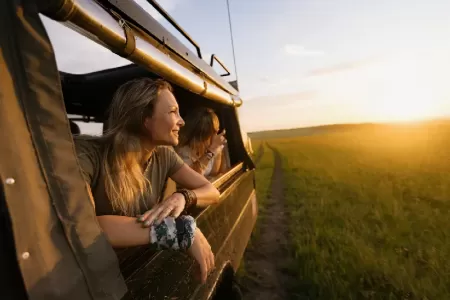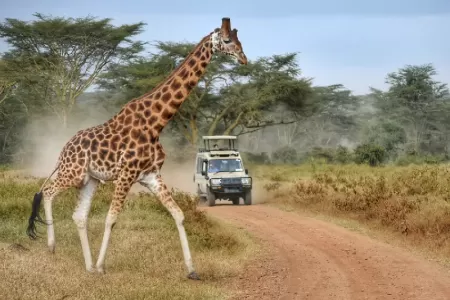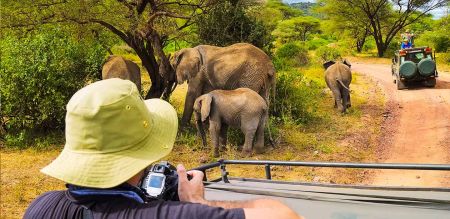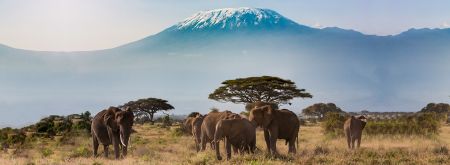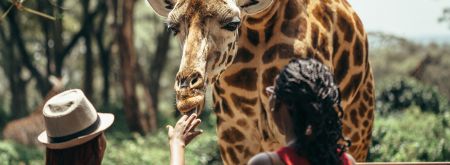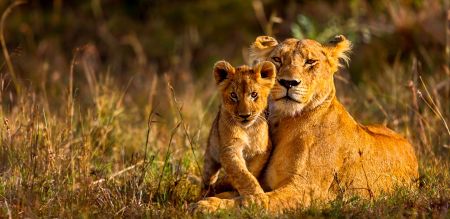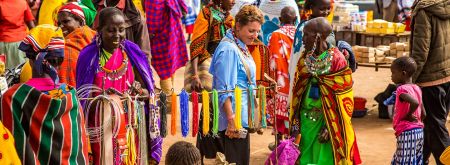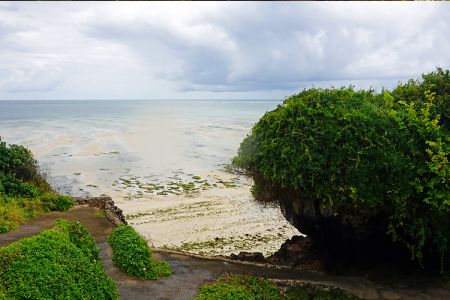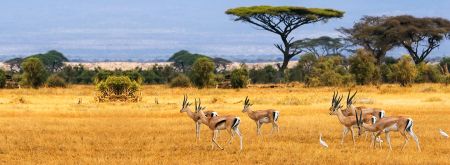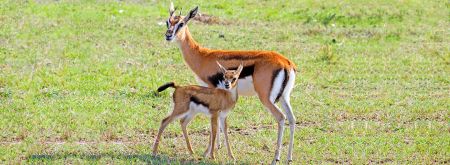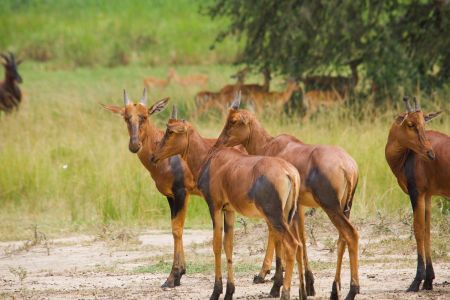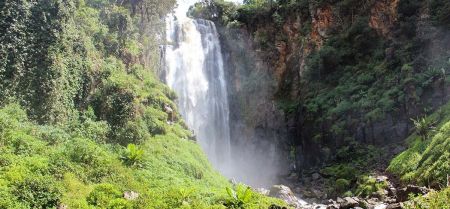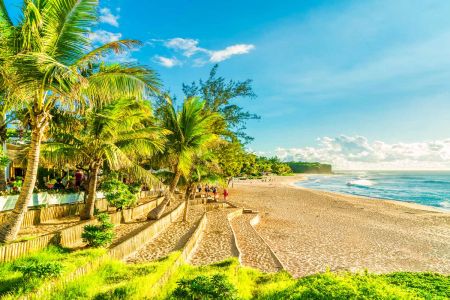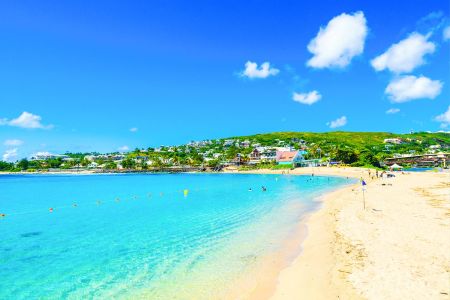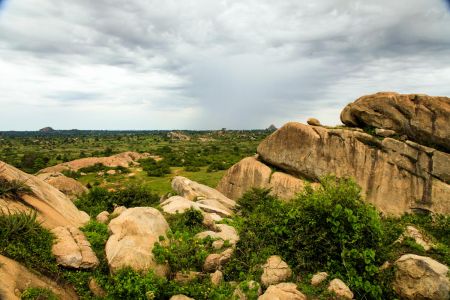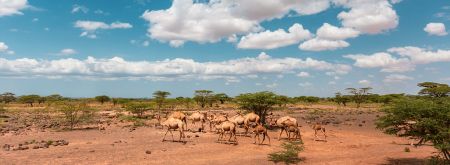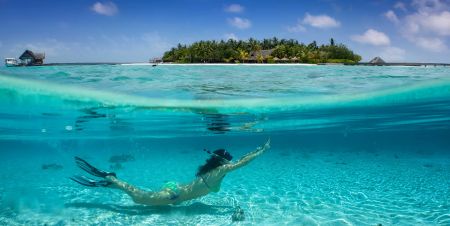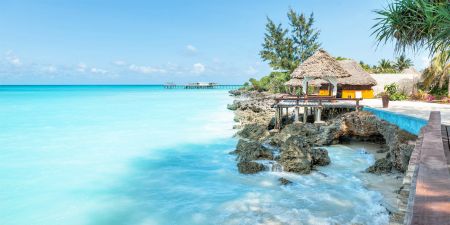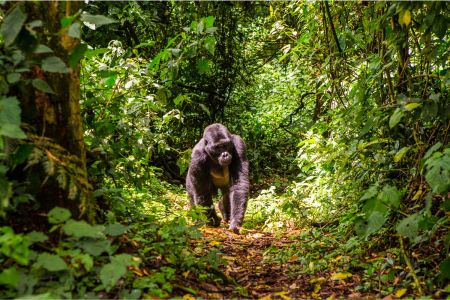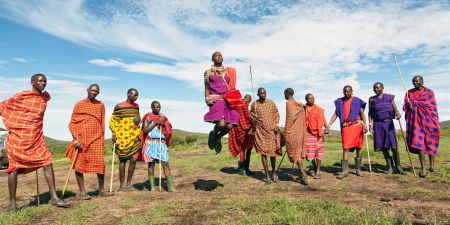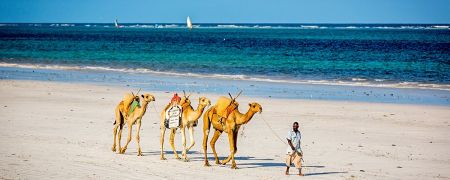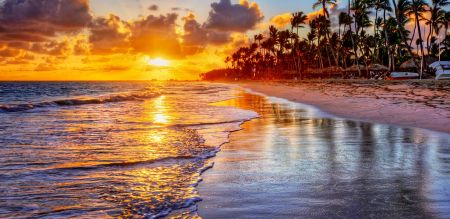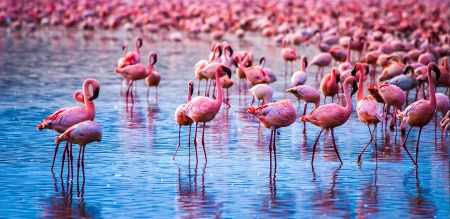Karura Forest Guide

Located in the northern part of Nairobi city, Karura Forest is the largest of three main gazette forests in Nairobi, the other names are Ngong Forest and Oloolua Forest. It is an Urban forest in the north of central Nairobi city, the capital of Kenya, it was gazetted in 1932 and managed by the Kenya Forest Service.
Create lifelong family memories as you explore Kenya’s incredible wildlife together on our kid-friendly Kenya Safari Tours!
All you Need to Know about Karura Forest Nairobi
How to Get There
By Private Transport: the Limuru Road, after the Belgian Embassy, is the main entrance to Karura Forest. There are also two other entrances: the Old Kiambu Gate which is on Old Kiambu road or the KFS main gate which is off Kiambu road and opposite CID Headquarters.
Hiring a taxi from the city centre costs Ksh 1,000.
Public Transport: 11B, 106, 107, 108, 114 or 116 of public service vehicles from Nairobi City Centre will get you right to the main entrance on Limuru Road. If you take the KFS main gate on Kiambu road, ride matatu numbers 100 or 120.
Opening Hours
The forest is open to visitors from 6:00 AM to 6:00 PM
What to Wear and Carry
It is recommended that you wear comfortable shoes to enjoy your trip. Carry drinking water, camera, binoculars, and wildlife books especially for birds and butterflies.
Climate
Temperatures in the area vary throughout the year. There are two wet seasons From April to June, during the long rains and from October to December, during the short rains. The rest of the days of the year are sunny and dry except for July and August, which are usually cool and cloudy. Karura has an average annual rainfall of 930 mm.
Best Time to Visit
July to December is one of the best times to visit Karura Forest. It is during the dry season and the time of the Great Wildebeest Migration and zebras as well.
The rainy seasons are a good time to visit the area as well. There are fewer visitors during this time of the year, when you will have the chance to enjoy the vegetation to the utmost.
Particularly, December is a great time to travel to Kenya. The rain is short and there is a huge opportunity to spot newborn animals and migratory bird species.
Fauna
The forest is home to up to 200 species as well as Harveys duikers, bushbucks, bush pigs, genets, honey badgers, civets, bush babies, porcupines, Syke’s monkeys, bush squirrels, hares, fruit bats. The forest also includes various species of reptiles like pythons, green snakes and monitor lizards.
As for birds, the forest has around 200 species of birds such as Ayres Hawk-eagle, the African Crowned Eagle, the Silvery-cheeked Hornbill, the Hartlaub’s Turaco, the Narina Trogon, Owls, Crested Cranes, Sparrows, Doves, Weavers and Vultures. Karura has butterflies including the African Queen and Desmond’s Green Banded Swallowtail.
Customize Your Dream Vacation!
Get in touch with our local experts for an unforgettable journey.
Plan Your TripFlora
Karura Forest is around 2,570 acre, it consists of three parts separated by Limuru and Kiambu roads. Around 36 percent of the forest contains indigenous upland forest tree species.
Covering 632 hectares, plants in the area include Araucaria cunninghamii, Eucalyptus saligna, E. globula, Grevillea robusta, Cupressus torulosa and Cupressus lusitanica. There are also Shrubs that consist of Strychnos henningsii (Muteta), Erythrococca bongensis (Muharangware), Vangueria madagascariensis (Mubiro), Rhamnus prinoides (Mukarakinga), Caesalpinia volkensii (Mubuthi), Solanum incanum (Mutongu), Elaeodendron buchananii (Mutanga) and Rhus natalensis (Muthigio).
Moving to Indigenous trees, it covers up to 260 hectares with species like Olea europaea subsp. auspidata, Croton megalocarpus, Warburgia ugandensis (Muthiga), Brachylaena huillensis (Muhugu), Uvaridendron anisatum, Markhamia lutea, Vepris nobilis, Juniperus procera (Cedar), Craebean brownii, Newtonia buchananii, Salvadora persica, Ficus thonningii, Trichilia emetica, Calodendrum capense and Dombeya goetzenii.
There are other plants in the forest, groves of Arundinaria alpina, Kenya’s native bamboo species. In addition, visitors can enjoy views of the riparian belts of Gitathuro and Ruaka rivers; exotic giant bamboo Dendrocalamus giganteus along Karura river near the tree nursery. Also observe small wetlands that are important habitats for birds.
Things to Do in Karura Forest
Karura Forest is generally a great place to hang out, as it has great spots for picnics where visitors can tour the caves and waterfalls. It is safe, besides it has guides and scouts who patrol the forest on a regular basis. They can give you a ride back to the start of the trails.
The forest is a perfect place for biking activities. It has a biking trail of 12 kilometers long. Note that the hills are steep, you might lose feeling your legs. The trails will take you through the green forest areas, waterfalls, streams and caves. It is refreshing and relaxing.
Karura is also a good space for workouts, yoga, pilates and personal training. There is no better place than among nature to do these activities.


